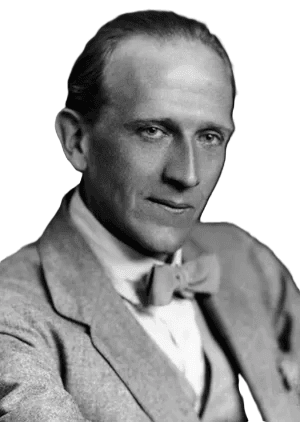
British author
Also known as: Alan Alexander Milne
Quick Facts
- In full: Alan Alexander Milne
- Born: January 18, 1882, London, England
- Died: January 31, 1956, Hartfield, Sussex (aged 74)
- Notable Works: “The House at Pooh Corner”, “Winnie-the-Pooh”
A.A. Milne (born January 18, 1882, London, England—died January 31, 1956, Hartfield, Sussex) was an English humorist and the originator of the immensely popular narratives featuring Christopher Robin and his stuffed bear, Winnie-the-Pooh.
Milne’s father managed a private school, where one of the instructors was a young H.G. Wells. Milne subsequently attended Westminster School in London and later Trinity College, Cambridge, having secured a mathematics scholarship. During his time at Cambridge, he contributed as both editor and writer for Granta magazine (then known as The Granta, named after Cambridge’s other river). He completed his degree in mathematics in 1903 and relocated to London to pursue a livelihood as a freelance writer. In 1906, he joined the editorial staff of Punch (remaining there until 1914), where he composed humorous verse and whimsical essays. He married in 1913, and in 1915, despite his pacifist convictions, he enlisted as a signalling officer during World War I. His service in France was brief due to illness, after which he was returned home and subsequently discharged in 1919.
Upon not being reinstated at Punch, Milne redirected his focus to playwriting. He attained considerable success with a sequence of light comedies, such as Mr. Pim Passes By (1921) and Michael and Mary (1930). Milne also authored a notable detective novel, The Red House Mystery (1922), and a children’s play, Make-Believe (1918), before discovering his true literary métier through verses composed for his son, Christopher Robin. These poems evolved into the collections When We Were Very Young (1924) and Now We Are Six (1927), which have remained classics of light verse for children.
Despite Milne’s success as a playwright, only these poems and his two collections of stories chronicling the adventures of Christopher Robin and his toy animals—Pooh, Piglet, Tigger, Kanga, Roo, Rabbit, Owl, and Eeyore—as recounted in Winnie-the-Pooh (1926) and The House at Pooh Corner (1928), have persisted into the twenty-first century. The illustrations by Ernest Shepard significantly enhanced their charm. In 1929, Milne adapted another children’s classic, The Wind in the Willows by Kenneth Grahame, for the stage as Toad of Toad Hall. A decade later, he composed his autobiography, It’s Too Late Now.
